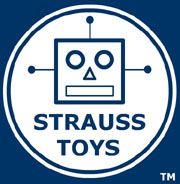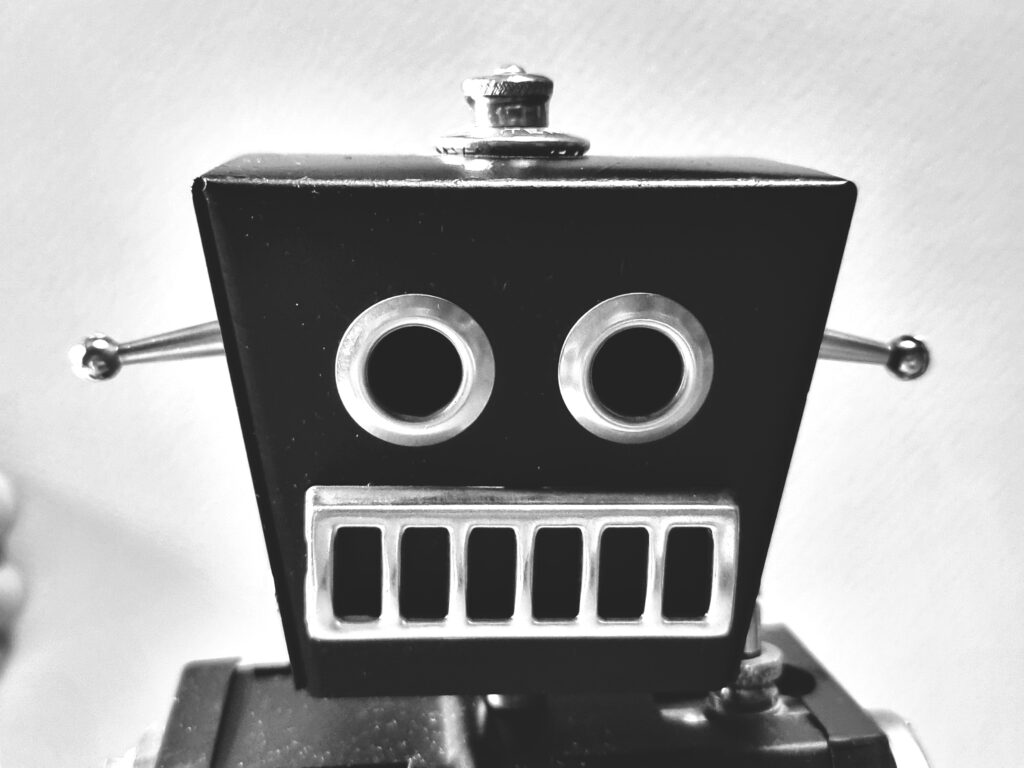
Prehistory of the steam engine
The powers of water vapor were already discovered in ancient times by the Greek Heron of Alexandria. However, the benefits of steam power were not yet recognized. The first usable steam engines were built around 1712, but with moderate success.
Finally, around 1769, the Englishman James Watt patented a machine with greatly improved efficiency. Watt finally discovered the benefits of steam expansion.
To better represent the power of his steam engine, Watt invented the term horsepower (HP), which is still used today.
Back then, many people believed that steam power could be used to move not only trains, steamrollers and tractors, but also flying machines such as zeppelins, huge airships, airplanes or even rockets and spaceships. (Something similar could also be observed in the 1930s - until the 1970s after the discovery of atomic power - and produced, among other things, a huge splendor and variety of incredible toys).
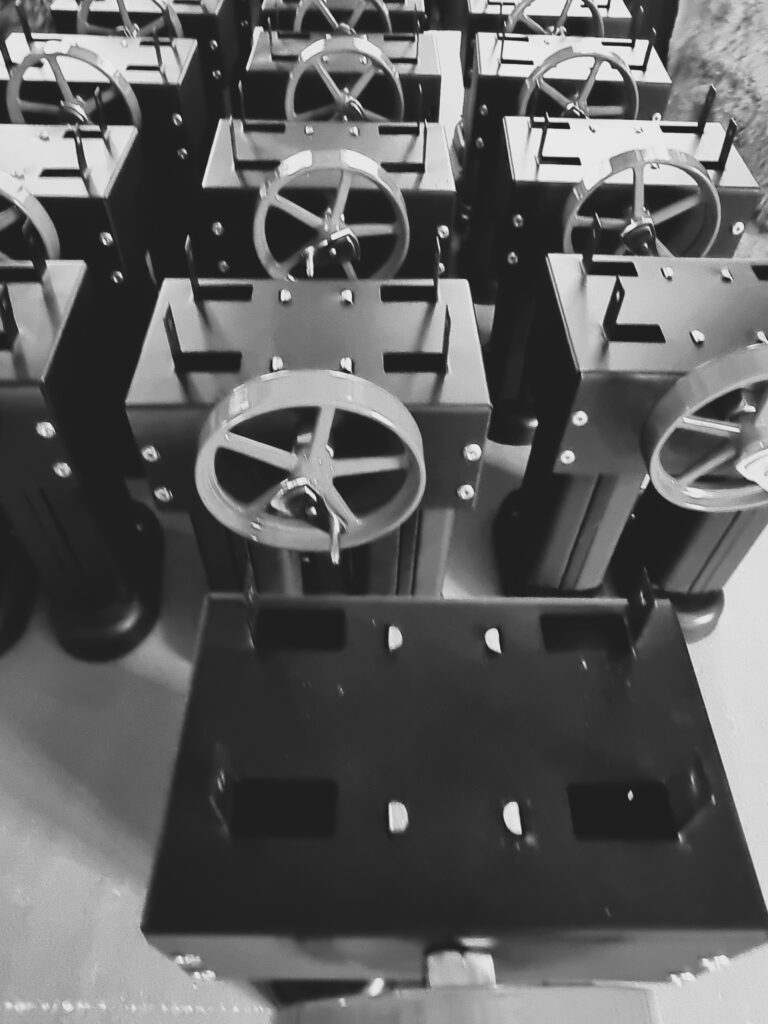
The fantastic novels of Jules Verne or H.G. Wells were also based on these ideas. Today, this special form of science fiction literature is described as "steampunk".
The steam robot
Inspired by these old classics and as a passionate collector of tin toys, I have been working on the idea of making a steam-powered robot for a long time.
After all, there were/are tin toys with spring and clockwork drives, as well as battery drives - but I didn't know of a running machine with steam drive from a series production.
And so the idea continued to mature, also thanks to the help and support of Mr. Thomas Schröder (former managing director of Wilesco), whom I was able to convince of this project after some hesitation. Without the know-how and the use of the Wilesco parts kit, such an undertaking was more than difficult.
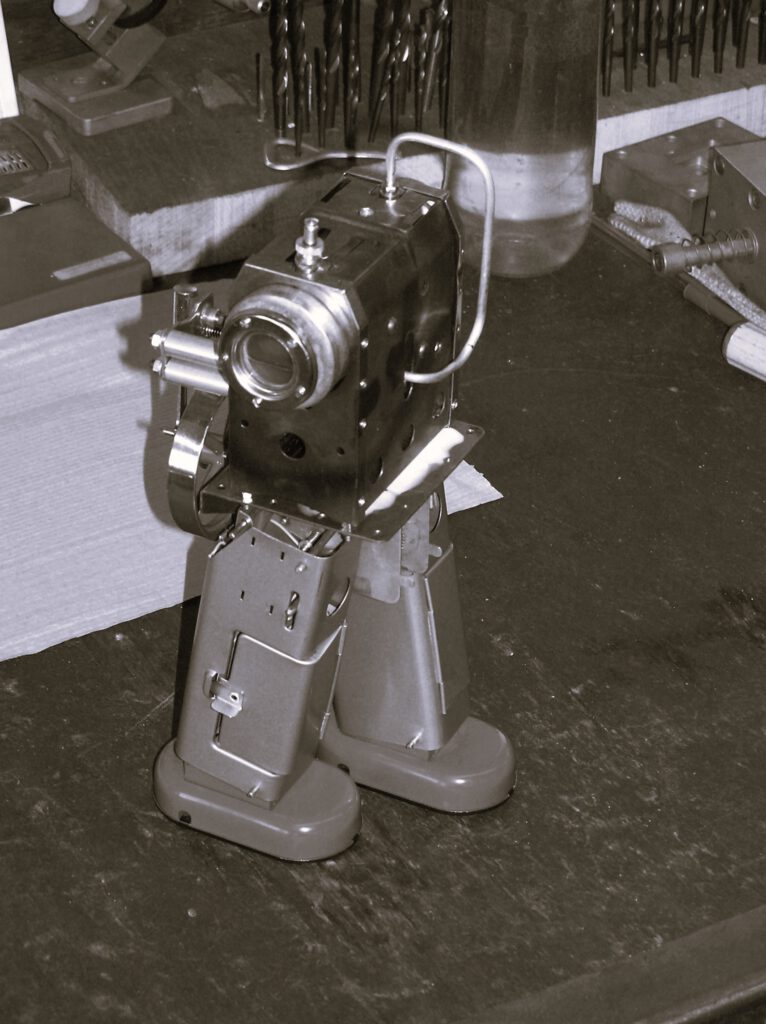
Countless prototypes were tested, gear ratios, boiler volumes tuned, filed, sawn, tweaked, drilled and bent until the challenge was finally mastered with a lot of "lifeblood".
The result of the steam robot Strenco ST. - 2 is an absolutely new development.
The first series of the ST.-2 was produced in 2007 and 300 robots were delivered worldwide.
Due to the many inquiries I have received in recent years regarding the production of a new edition, we have decided to produce a final series of 150 robots. As our steam robot has only become better known here in recent years and triggered a corresponding demand, these inquiries have mostly come from steam engine enthusiasts.
The steam robot is assembled in our factory in Carlsberg in the Palatinate.
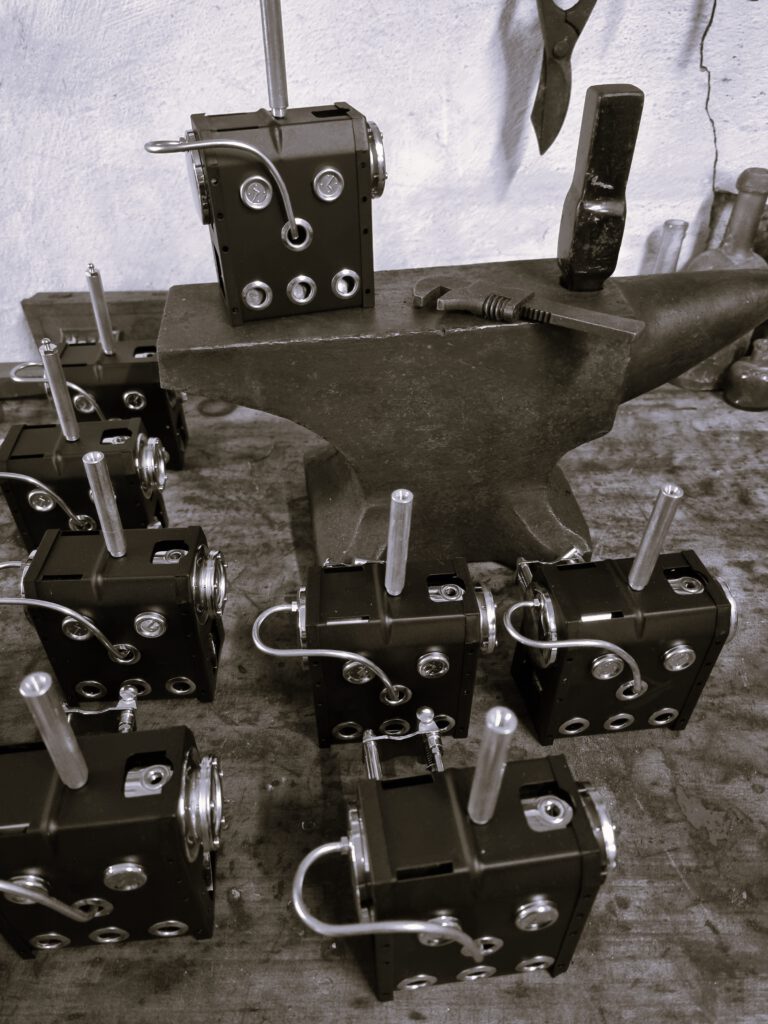
The complete "body" or housing is made of painted sheet steel. The individual parts of the steam engine are made of brass and all finely nickel-plated.
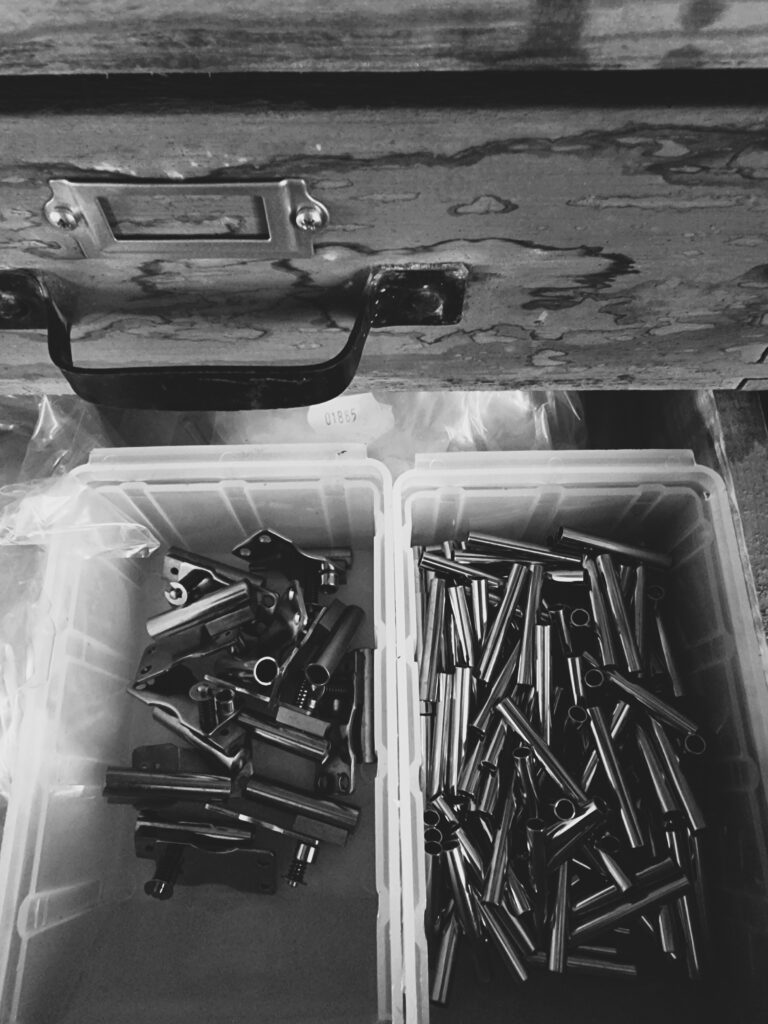
The brass boiler is soldered by hand at Wilesco in Lüdenscheid, Germany, in the well-known, best quality and undergoes demanding safety tests, such as the burst pressure test (5 bar).
Each steam boiler is fitted with an adjustable safety valve made of stainless material. The maximum response pressure for this valve is less than 3.0 bar (2 times the operating pressure)
After the "marriage", in which the boiler housing is connected to the running gear and the steam cylinder to the flywheel, an initial functional test is carried out with compressed air.
To maintain the steam engine in perfect condition, the "machine operator" or user must observe and follow the safety instructions in accordance with the operating instructions. and follow them.
And so I remain and wish us all always enough pressure on the boiler.
Yours
Volker F.E.Strauss
To the function description
The steam generated by water - in the heated boiler - expands and is forced through the steam pipe to the steam cylinder. The steam cylinder, which is not self-starting, is then set in motion by a short "turn" and thus immediately drives the flywheel underneath. This in turn sits on the drive axle, which engages directly with the running gear and finally moves the robot to run at high speed.
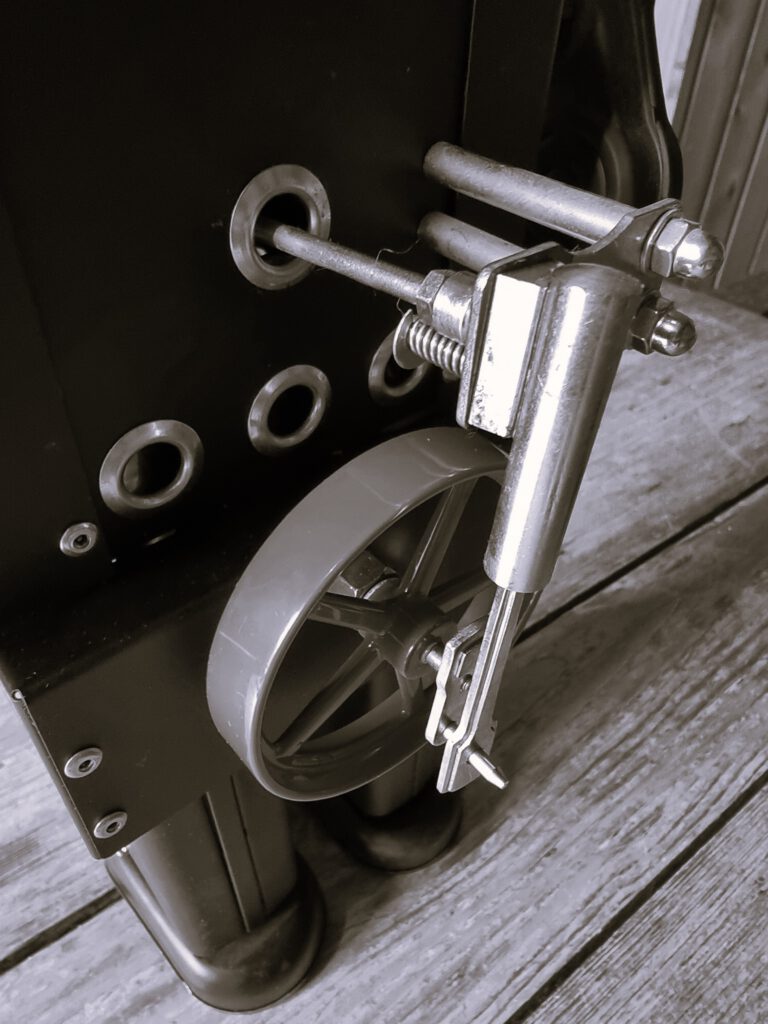
Technical data :
Sheet steel robot : Steam drive
Color : Black Matt High-strength thermal paint
Height : 360 mm
Width : 240 mm
Depth : 140 mm
Packaging : Wooden box 365 x 280 x 190 mm
Weight : 2,7 KG
copyright by Strenco - Strausstoys
